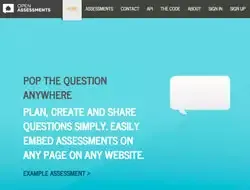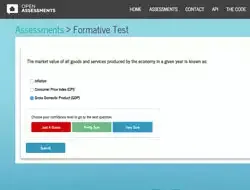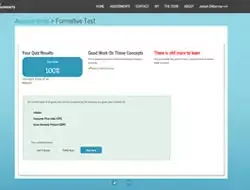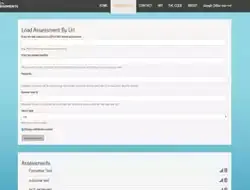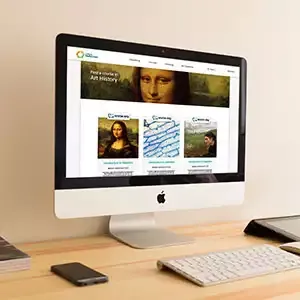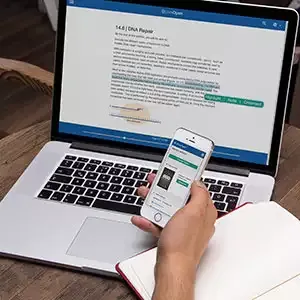Open Embedded Assessments
Lumen, BYU, MIT
Open Embeddable Assessments (OEA) is an open source platform and widget for embedding assessments in any web page. The player is used both in summative and formative assessments, delivering feedback when used for formative assessment. Styling of the widget can be customized to make it match the environment where quizzes are embedded. Both Lumen Learning and MIT are using it to augment the delivery of open licensed courses. OEA reports student scores back into learning management system gradebooks. In addition, OEA provides application programing interfaces for retrieving analytics.
Problem
Compared to the vast investment in the open licensed content, relatively little has been invested in the development of shareable assessments aligned with that content. Part of the reason for this is because of the lack of suitable technology. Typically, most online assessments are delivered inside of an LMS or publisher platform that houses protected content. Traditional models emphasize assessment for summative evaluation at the end of a set of learning experiences. In contrast, newer models emphasize using assessment for formative evaluation as part of supporting learning. This is especially important in online learning as research demonstrates that students are more likely to engage and maintain engagement when they are asked to interact and receive feedback throughout their learning experiences.
As instruction transitions from paper book to online, instructors are seeing the value of embedding quizlets directly in learning content. However, most LMSs do not make this easy to do. Goals for OEA were to develop a platform that would allow you to embed quizlets in existing content, to support playing standard quiz formats, provide analytics, and to integrate with LMSs. Atomic Jolt was initially approached by MIT to develop OEA for use in embedding assessments in existing on-campus and online courses. Because MIT chose to open source OEA, Atomic Jolt was later engaged by Brigham Young University and later by Lumen Learning to extend OEA.
Solution
Because there were already many existing good tools for authoring
assessments, we chose to focus on building a quiz player. We decided
to support the Question Test Interoperability (QTI) format because
it is a standard format that most quiz authoring tools, including
LMSs, export. Because MIT needed to be able to embed quizlets in the
same static content that it uses in Africa, we included support for
offline mode. To support rendering equations, we added support for
MathJax. Most recently, we worked with Lumen Learning to add support
for writing scores back to LMS gradebooks and for allowing learners
to express confidence levels when responding to questions.
BOTTOM LINE: OEA is an open source platform that
has received interest and support from multiple organizations active
in the open content space. It provides a unique ability to embed
assessments in existing content, increasing student engagement and
learning. Lumen Learning now uses OEA in open content courses used
by organizations with whom they consult.
